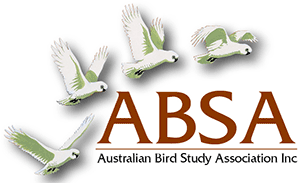A comparative evaluation of transect, point count and two-hectare search methods for bird abundance estimates in dry sclerophyll forest and rainforest
| Posted: |
01/12/2015 |
| Author(s): |
Stephen L. Totterman |
Birds were counted with transect, point count and two-hectare search methods at one dry sclerophyll forest site and
one subtropical rainforest site in northern New South Wales. Five population density estimators and one reporting rate
index were evaluated. True densities were unknown and comparisons focused on variation between methods. Distance
sampling line transect and point transect estimates averaged 2.24 and 5.12 times greater than unadjusted strip transect
and circular plot densities respectively. Point transects were likely affected by bird movements and densities averaged
2.62 times greater than line transects. Two-hectare search densities were comparable to line transects in dry sclerophyll
forest and to strip transects in rainforest. Relative density estimates were more consistent, with strong correlations
(
r = 0.71–0.95) between all five estimators. Two-hectare search reporting rates correlated strongly with density, although
the relationship was curvilinear. Reporting rates confound abundance and occupancy and should be interpreted
cautiously. Pilot studies are recommended to test assumptions and expose the strengths and weaknesses of different
bird survey methods. Transects were more effi cient than point counts and two-hectare searches for estimating relative
densities in this study.
>> Download Abstract |
File Size: 104KB
>> Download Complete PDF | File Size: 0.2MB
